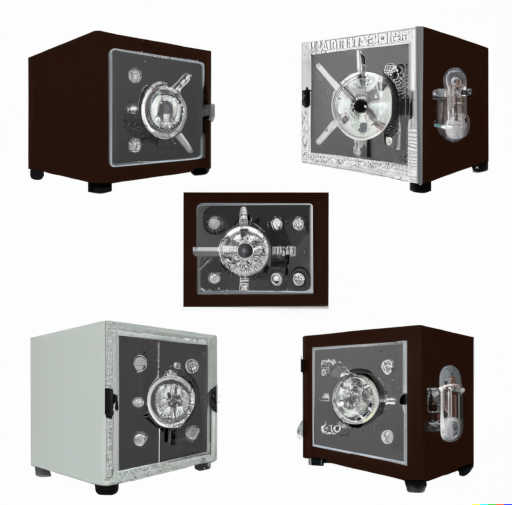
The Five Safes decision framework was created a couple decades ago by Felix Ritchie at the UK Office for National Statistics. It is a framework for evaluating the safe use of confidential data, particularly by government agencies. You can find a description of the Five Safes, for example, in NIST SP 800-188.
The Five Safes are
- Safe projects
- Safe people
- Safe settings
- Safe data
- Safe outputs
Safe projects asks whether the use of the data is appropriate. It doesn’t matter how safe the access controls and so forth are if the project itself is inappropriate.
Safe people asks whether the users be trusted to use the data in an appropriate manner. For health care data, for example, one could ask whether users have had HIPAA training.
Safe settings applies to physical access. Does the facility hosting the data limit unauthorised access?
Safe data asks about statistical disclosure control, whether the data itself poses a disclosure risk. For example, have the data been adequately deidentified?
Safe outputs asks whether the output of the project poses a privacy risk.
Various approaches to data privacy have different trade-offs between the Five Safes. Differential privacy focuses on safe outputs. There are mathematical guarantees that the outputs satisfy a certain definition of privacy. The data itself is regarded as unsafe, and so it is important that the people and settings are safe.
HIPAA expert determination focuses on safe data. Often there is a sort of firewall with data considered safe on one side for one set of reasons (patient consent, a BAA contract, etc.) and considered safe on the other side of the wall because the data itself is safe, i.e. properly deidentified.
Safe Harbor is unrelated to the Five Safes. Safe Harbor is a provision under the HIPAA Privacy Rule for deeming certain data safe. Whether the Safe Harbor rules actually result in safe data depends on context. Data may comply with the letter of the law appealing to Safe Harbor, and yet not protect individuals in the data from being identified.
If you would like help evaluating the privacy aspects of a data analysis project, let’s talk.
